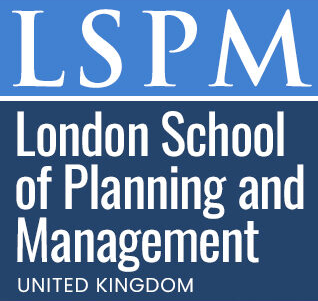Certificate Programme in Advanced 3D Modeling for Building Design
Published on June 21, 2025
About this Podcast
HOST: Welcome to our podcast, today I'm excited to have here an expert in 3D modeling for building design. Can you tell us a bit about your experience and what led you to teach this advanced course? GUEST: Sure, I've been working in the architectural industry for over 15 years, and I've seen the transition from traditional modeling to 3D modeling and BIM. I wanted to share my knowledge and help professionals upgrade their skills to meet the industry's demands. HOST: That's fantastic. The course is described as a Certificate Programme in Advanced 3D Modeling for Building Design. Could you share what students can expect to learn and gain from this program? GUEST: Absolutely. Students will master advanced techniques in architectural visualization, learn to create realistic renderings and photorealistic images using Revit and 3ds Max, and develop efficient workflows for complex projects. It's very hands-on, with practical experiences and real-world case studies. HOST: I see. As we know, technology is constantly evolving. How do you keep the course content up-to-date and relevant to the current industry trends? GUEST: We regularly update the curriculum based on software updates and industry feedback. We also invite industry professionals to share their insights and experiences, ensuring students are exposed to the latest trends and best practices. HOST: That's great to hear. Now, learning and teaching advanced 3D modeling can come with its own set of challenges. What are some common obstacles students might face, and how does the course help them overcome these hurdles? GUEST: Many students struggle with the initial learning curve and software complexity. The course addresses this by breaking down complex concepts into manageable modules, providing ample practice opportunities, and offering personalized support and feedback. HOST: Looking forward, where do you see the future of 3D modeling and BIM in the building design industry? GUEST: I believe 3D modeling and BIM will become even more integral to the design and construction process. The future lies in integrating these tools with other technologies, such as AI, VR, and AR, to create more immersive and efficient design experiences. HOST: Thank you for sharing your insights and experiences with us today. It's been a pleasure learning about the Certificate Programme in Advanced 3D Modeling for Building Design. GUEST: My pleasure. It's essential for professionals to stay updated on advanced techniques and industry trends, and I'm confident this course will help them do just that. Thanks for having me.
